Using Healing Herbs – How To Make A Homemade Poultice For Healing
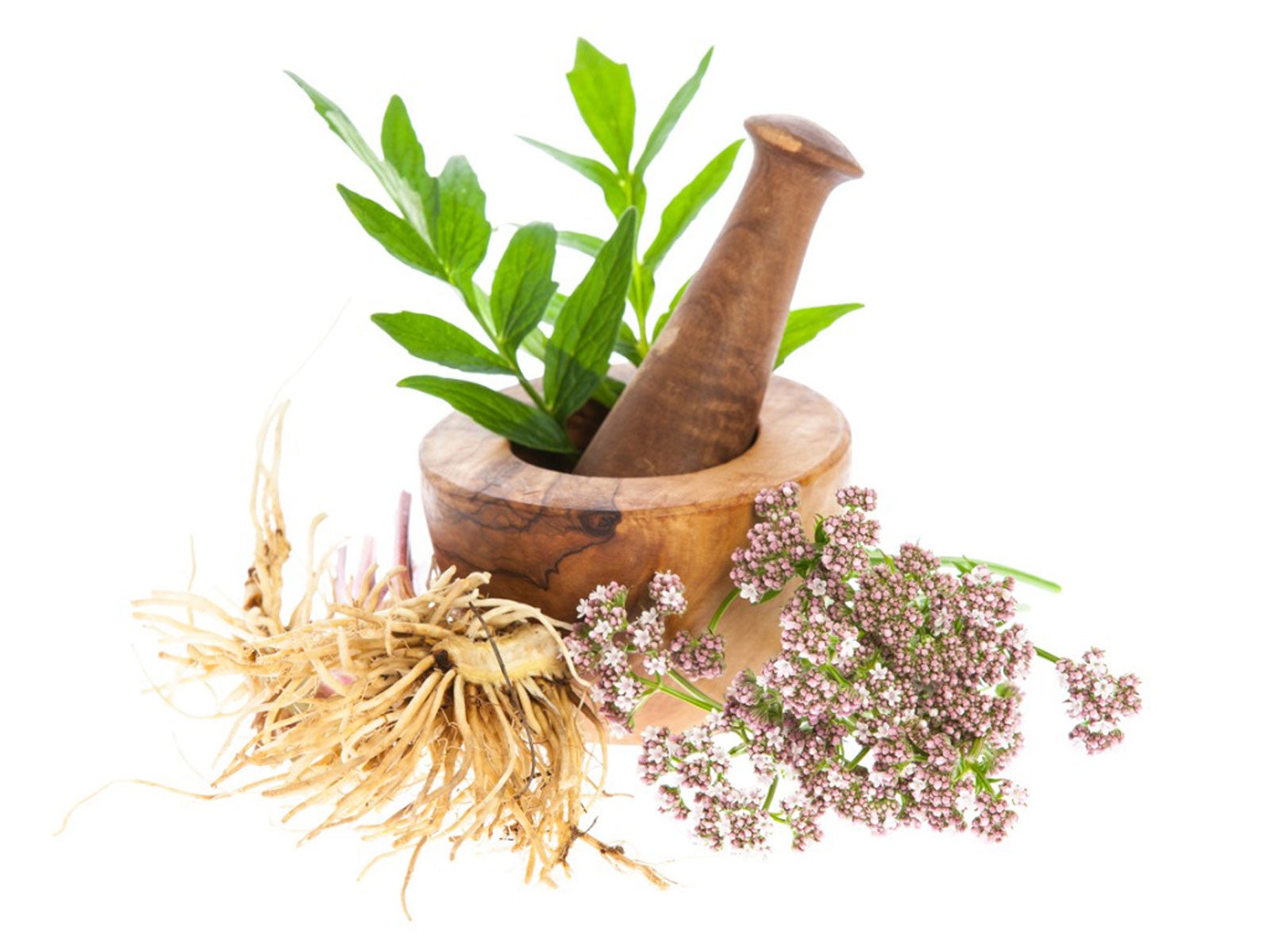

When it comes to using healing herbs, we often think of teas in which various leaves, flowers, fruits, roots, or bark are steeped in boiling water; or tinctures, concentrated herbal extracts that are generally taken orally.
We may forget about the many benefits of herbal poultices, simple herbal treatments used for various discomforts since ancient times. Homemade poultices are useful and they’re surprisingly easy to make. Take a look at the following information and learn the basics of how to make a poultice.
What is a Poultice?
A poultice is simply a way to apply herbal matter directly to the skin. Typically, the herbs are mixed with water or oil and applied much like a paste. If the herb is particularly potent, such as with onion, mustard, garlic, or ginger, the skin may be protected by a thin cloth, or the herbs might be placed in a cloth bag or clean sock.
A homemade poultice can be somewhat involved or extremely simple. For example, you can crush a leaf between your fingers, place it on an insect bite or other inflammation, and secure it with an adhesive bandage.
Herbal poultices may be hot, which increases circulation in the area, or cold, which can quickly relieve the pain of a sunburn or the sting of an insect bite. Certain herbs can fight infection, reduce inflammation, draw poison from the skin, relieve aches and pains, or soothe chest congestion.
In order to work, the herbal poultice must be close to the skin so the beneficial compounds can effectively permeate the tissue.
How to Make a Poultice
There are numerous ways to create a homemade poultice and making them effectively is an art worth studying. Below are a couple of very simple examples:
Gardening tips, videos, info and more delivered right to your inbox!
Sign up for the Gardening Know How newsletter today and receive a free copy of our e-book "How to Grow Delicious Tomatoes".
One easy way is to simply place fresh or dried herbs into a muslin bag or a white cotton sock, then tie a knot at the top. Soak the bag or sock in a bowl of hot water and knead it for a minute to warm and soften the herbs. Apply the warm sock to the affected area.
You can also mix fresh or dried herbs with just enough cold or hot water to moisten the plant matter. Mash the mixture to a pulp, then spread the thick paste directly on the skin. Wrap the poultice with plastic wrap, muslin, or gauze to hold it in place.
Disclaimer: The content of this article is for educational and gardening purposes only. Before using or ingesting ANY herb or plant for medicinal purposes or otherwise, please consult a physician, medical herbalist, or other suitable professional for advice.

A Credentialed Garden Writer, Mary H. Dyer was with Gardening Know How in the very beginning, publishing articles as early as 2007.
-
 Looking For Plants To Give You The Soft And Fuzzies? Try These 5 Fuzzy Leaf Plant Options
Looking For Plants To Give You The Soft And Fuzzies? Try These 5 Fuzzy Leaf Plant OptionsLovers of texture, drama, silver foliage and tactile plants will adore these special sensory garden additions. These fuzzy leaf plant options will leave you all aglow
By Susan Albert
-
 Get Ready For A Summer Of Hummers! Grow These Full Sun Hummingbird Plants and Flowers
Get Ready For A Summer Of Hummers! Grow These Full Sun Hummingbird Plants and FlowersIf you’re lucky enough to enjoy a sunny backyard, make sure you are maxing out on your pollinator opportunities and grow these full sun hummingbird plants and flowers
By Tonya Barnett
-
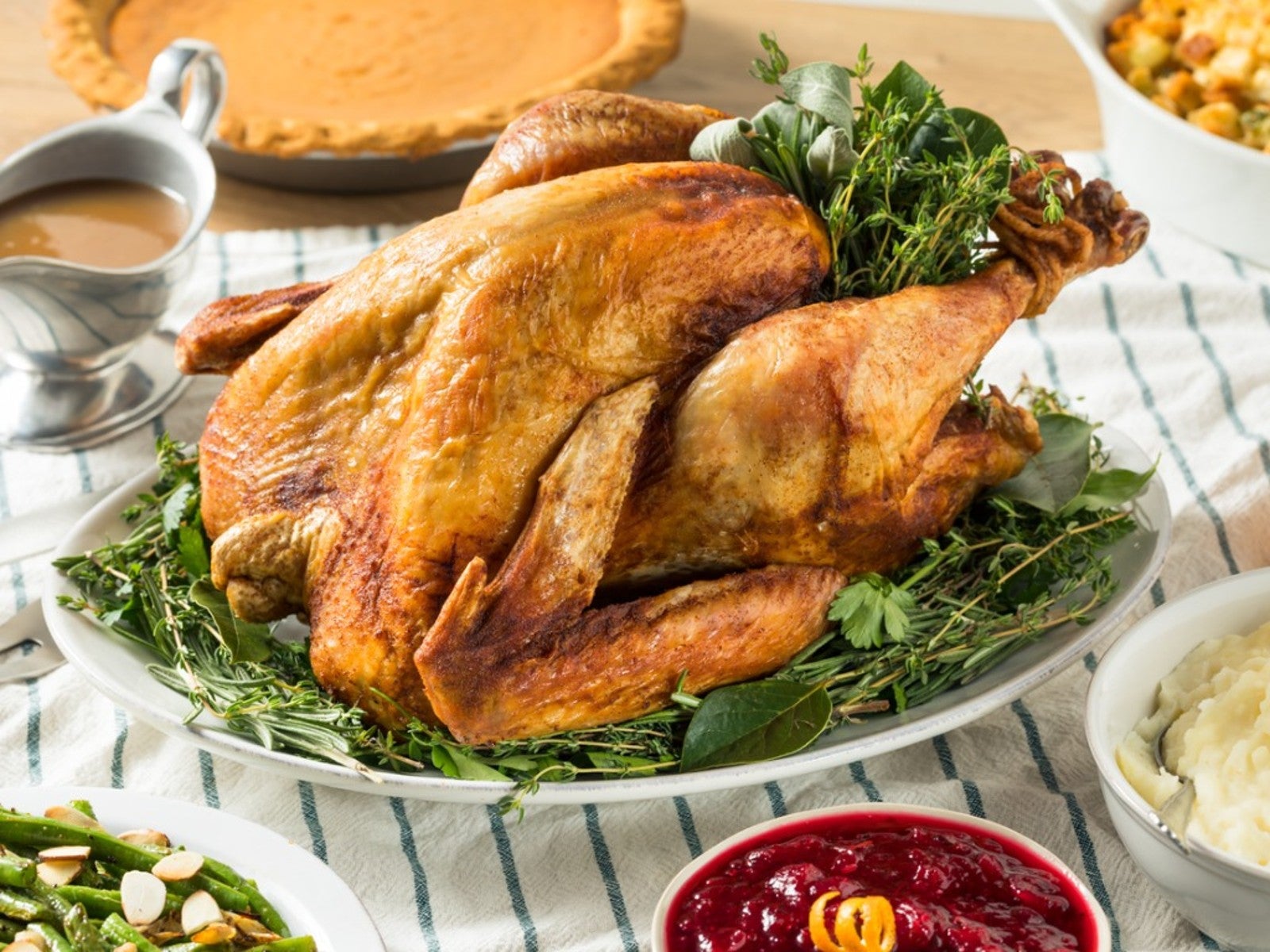 Grow Tasty Herbs For Roast Turkey In Your Garden
Grow Tasty Herbs For Roast Turkey In Your GardenCan you season your turkey with herbs you grow in your own garden? Yes! Click to learn more.
By Amy Grant
-
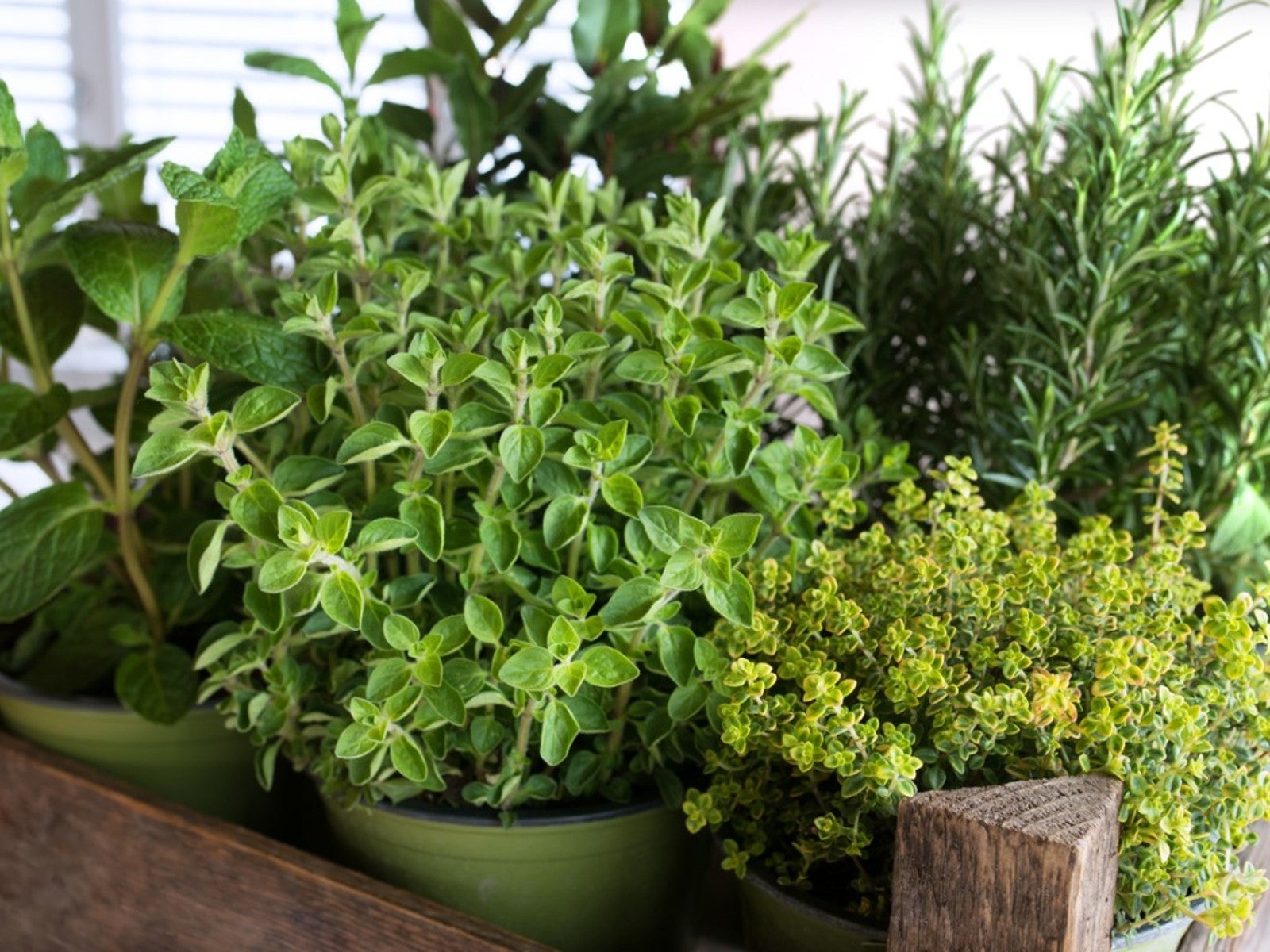 10 Easy Herbs For Beginners
10 Easy Herbs For BeginnersIf you’re new to herb growing, there are some perfect beginner herbs that are low maintenance and easy. Here are our top ten.
By Mary Ellen Ellis
-
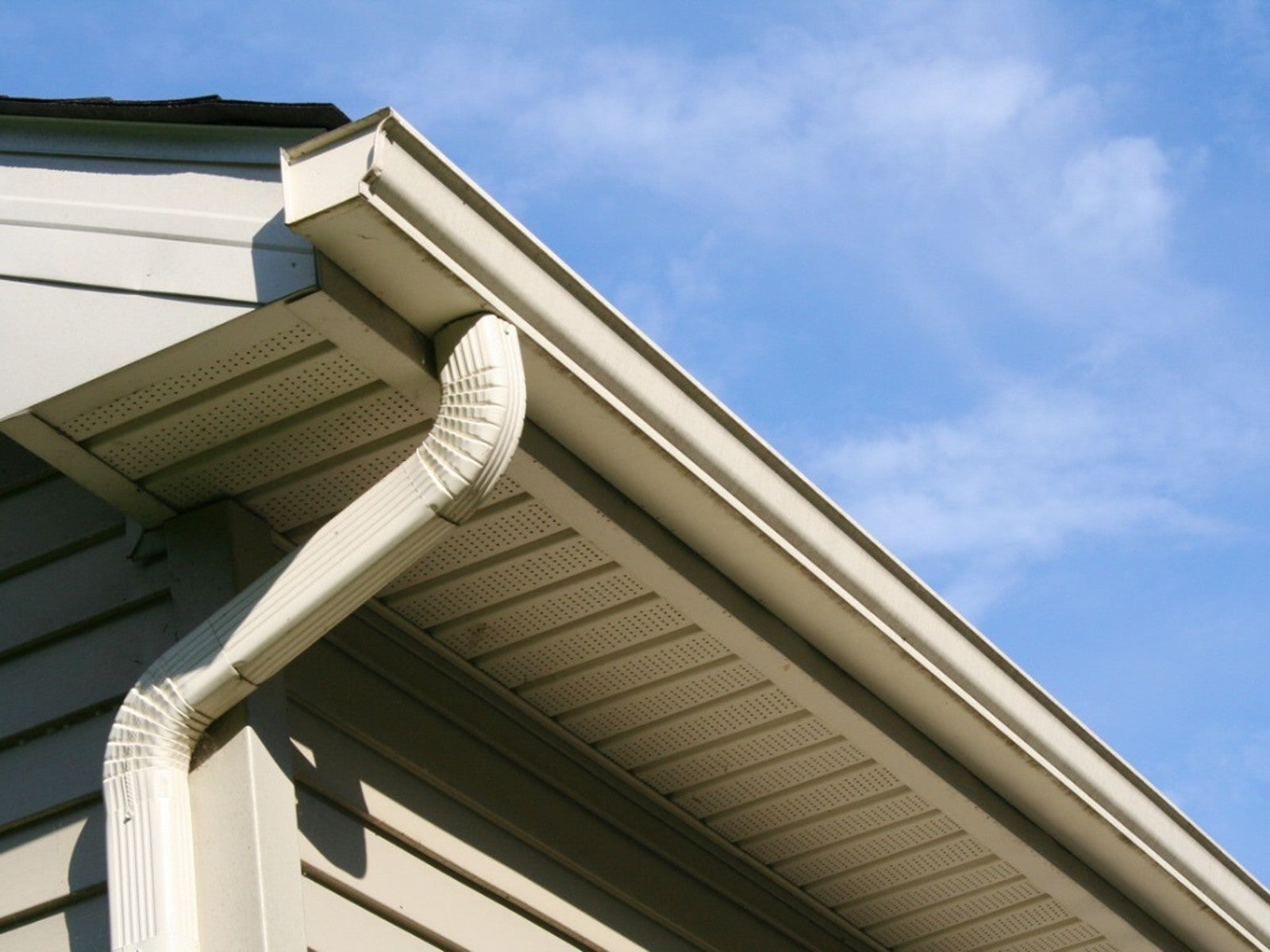 How To Make A Rain Gutter Herb Garden
How To Make A Rain Gutter Herb GardenOne really fun look outside the box is a hanging rain gutter herb garden. A gutter planter is a unique way to house and showcase plants.
By Bonnie L. Grant
-
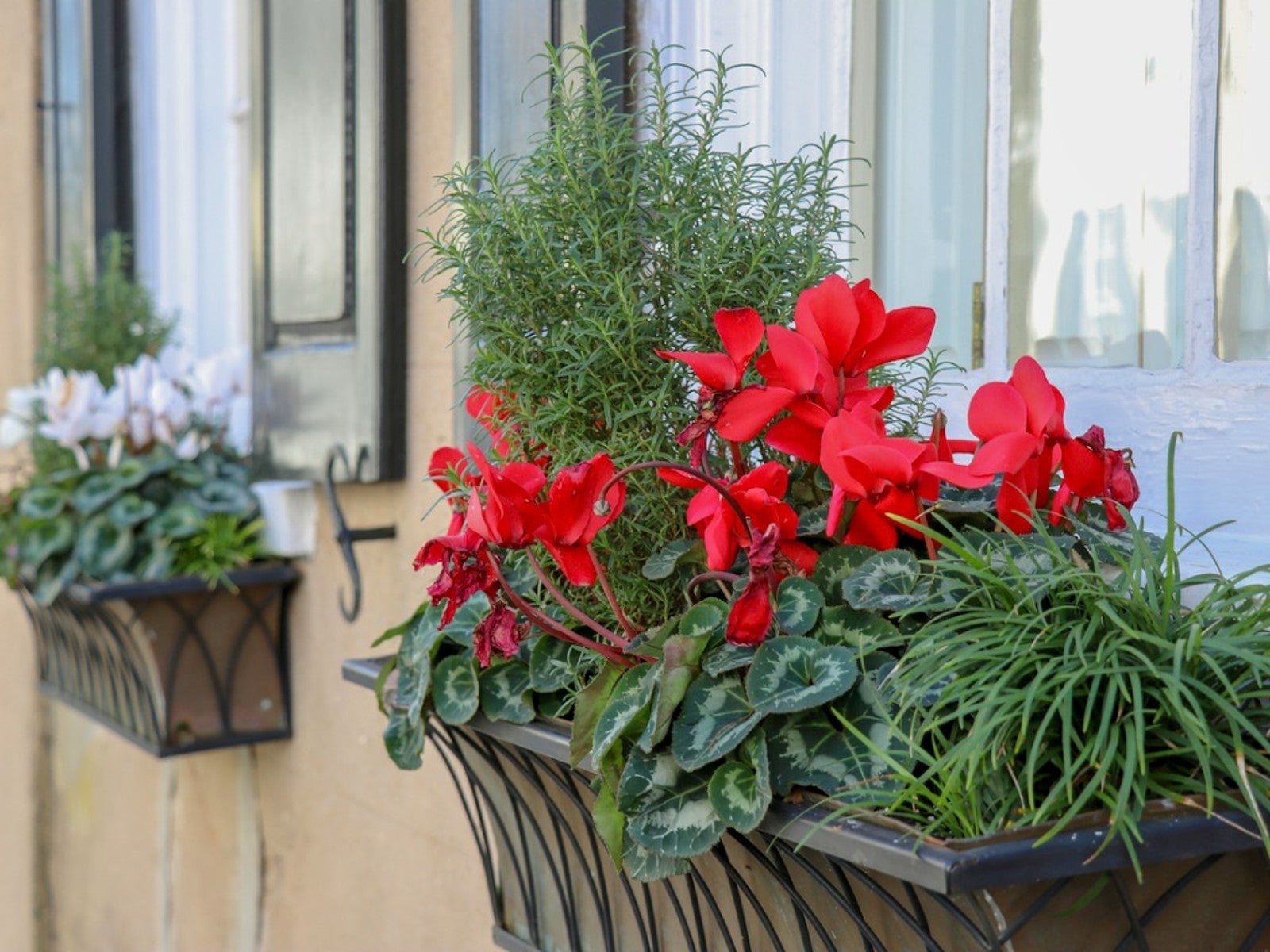 Grow A Beautiful, Edible Herb Window Box
Grow A Beautiful, Edible Herb Window BoxGrowing herbs in window boxes is a space-saving method for producing culinary ingredients for kitchen use. Click for more.
By Laura Miller
-
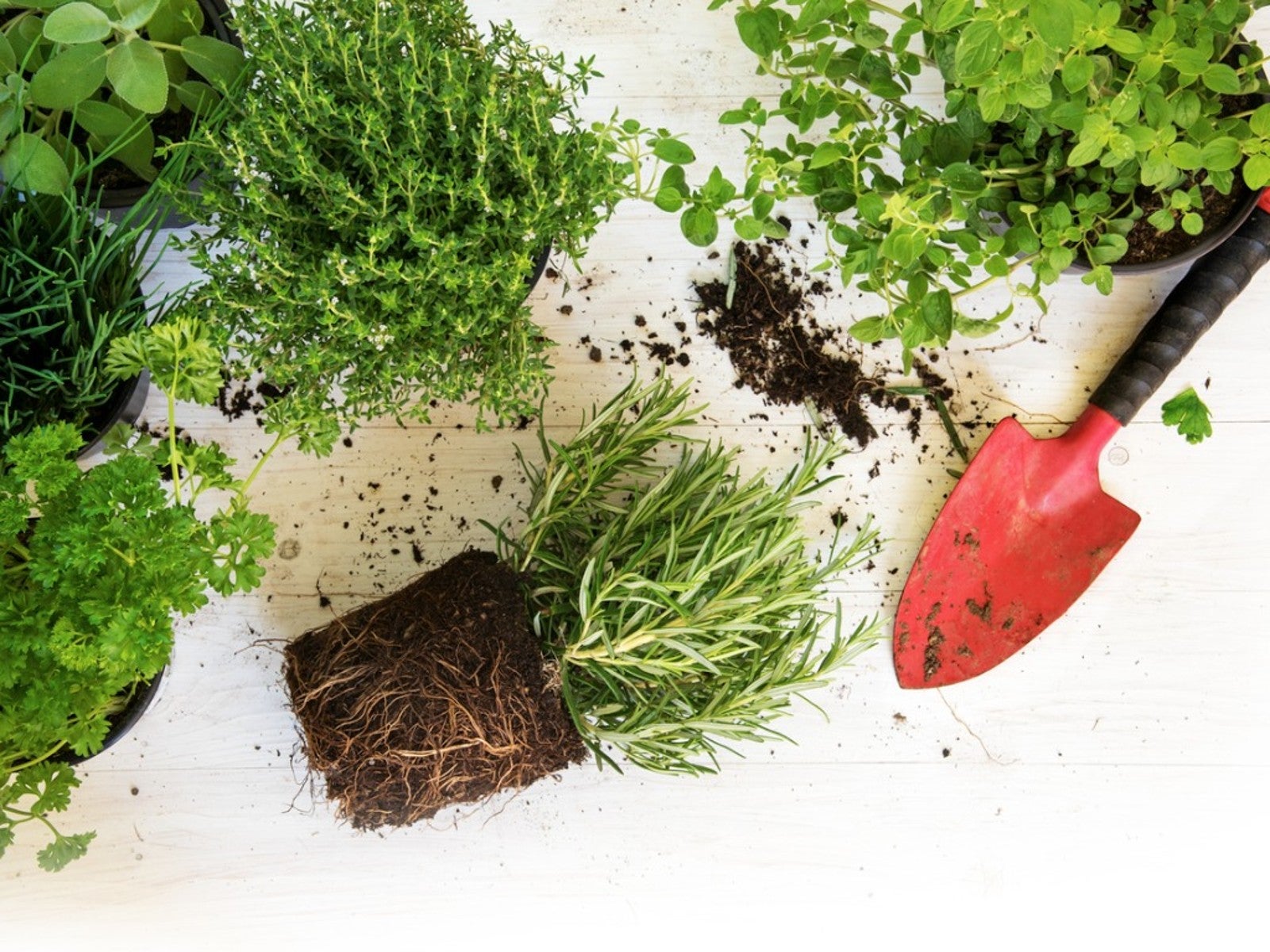 Best Herbs To Direct Sow Vs. Start Indoors
Best Herbs To Direct Sow Vs. Start IndoorsKnowing when to buy herb plants or start them from seeds or cuttings is essential to your success. Read on to learn more.
By Laura Miller
-
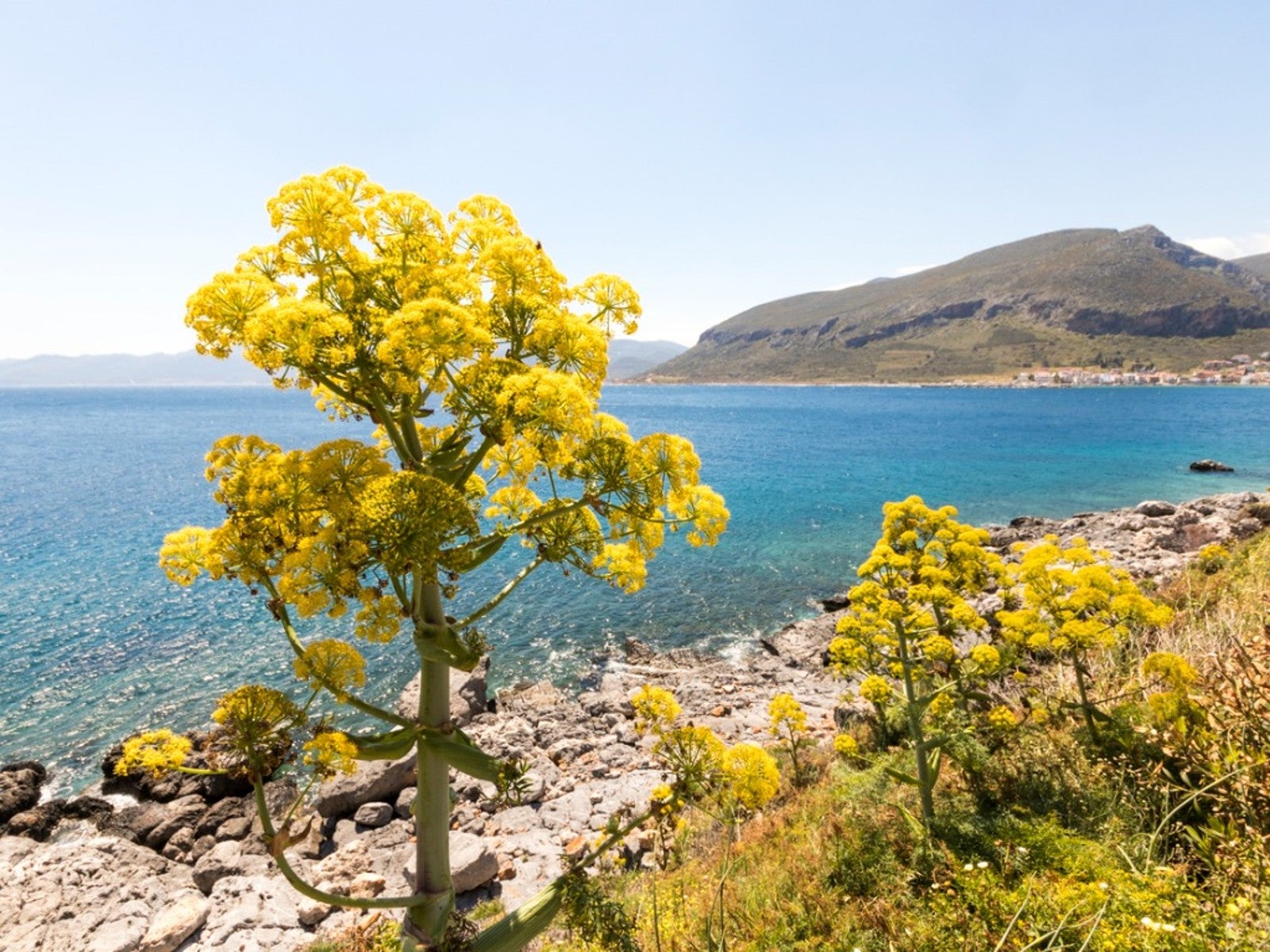 Learn About The Highly Prized Silphium Herb
Learn About The Highly Prized Silphium HerbWhat if there was a perfect plant? In ancient times such a treasure existed. It was the silphium plant.
By Laura Miller
-
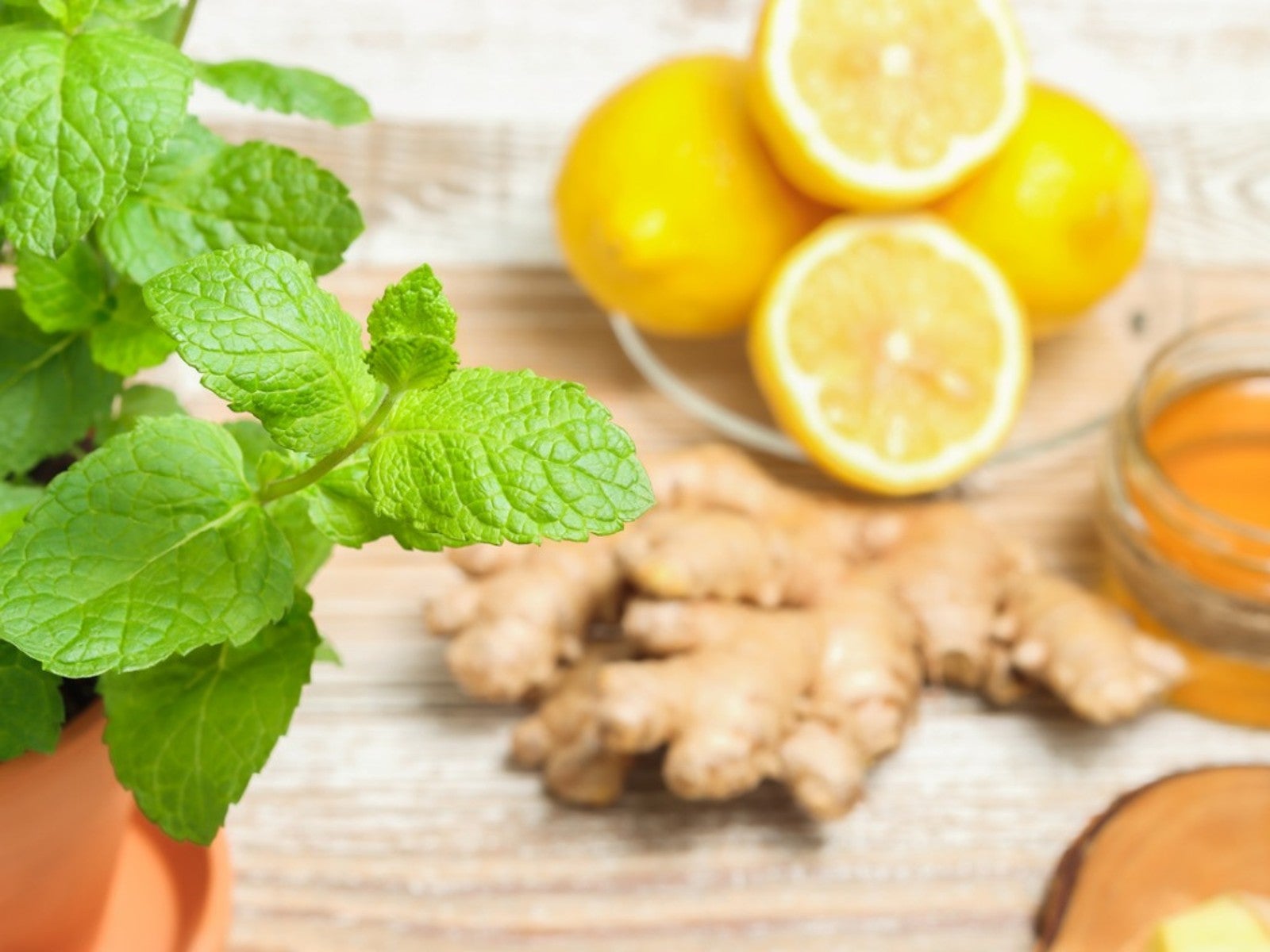 Grow Healing Herbs Indoors: Combat Winter Illness With A Medicinal Garden
Grow Healing Herbs Indoors: Combat Winter Illness With A Medicinal GardenIf you are growing medicinal plants at home, did you know you also can grow an indoor medicinal herb garden? Read on for more.
By Susan Albert
-
 Grow Your Own Herbes De Provence - How To Grow, Dry, And Store Herbs
Grow Your Own Herbes De Provence - How To Grow, Dry, And Store HerbsHomemade gifts can add that special touch to any occasion, such as a jar of herbes de provence. Click here to learn how to grow and make your own for gifting.
By Laura Miller